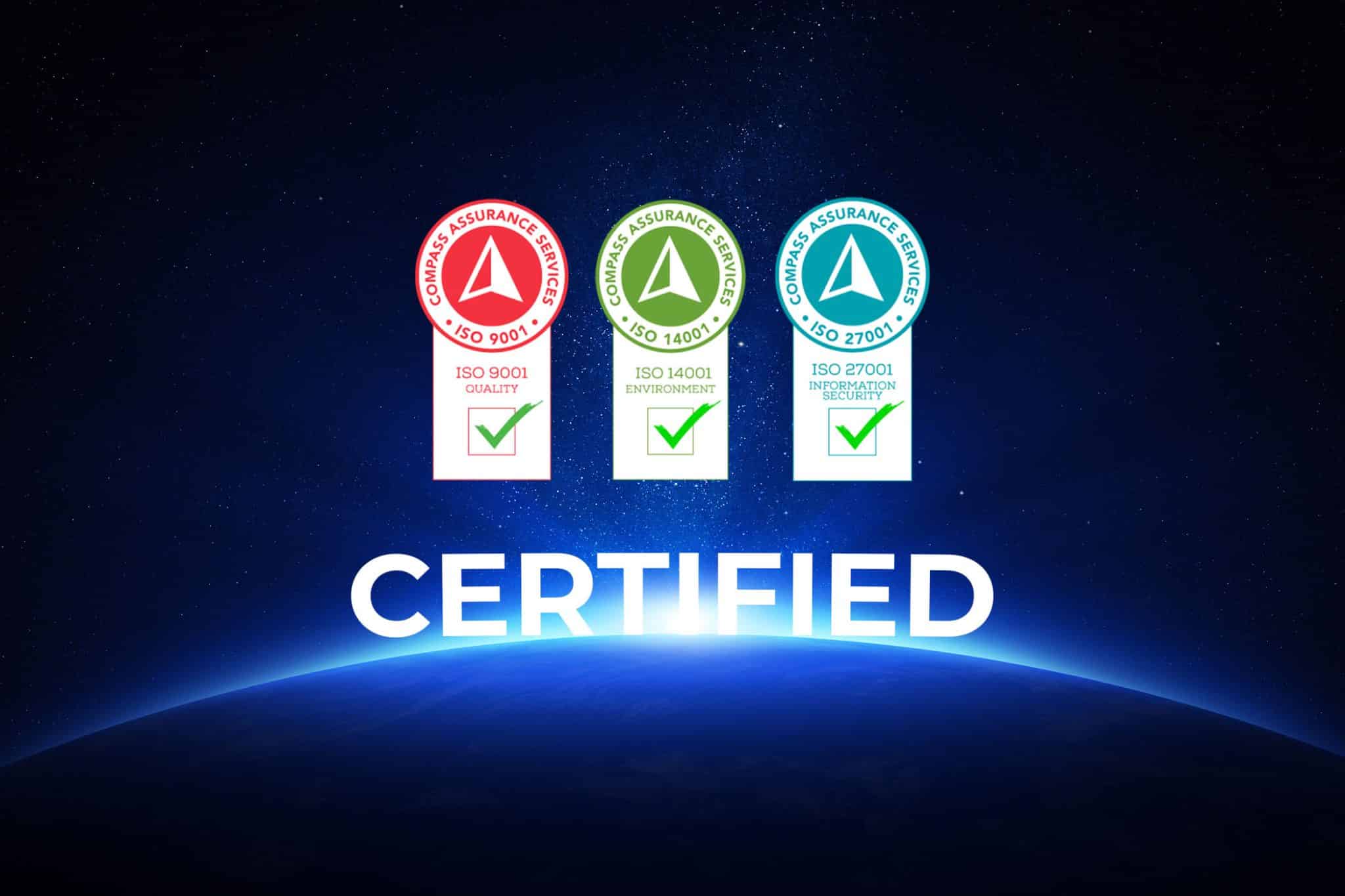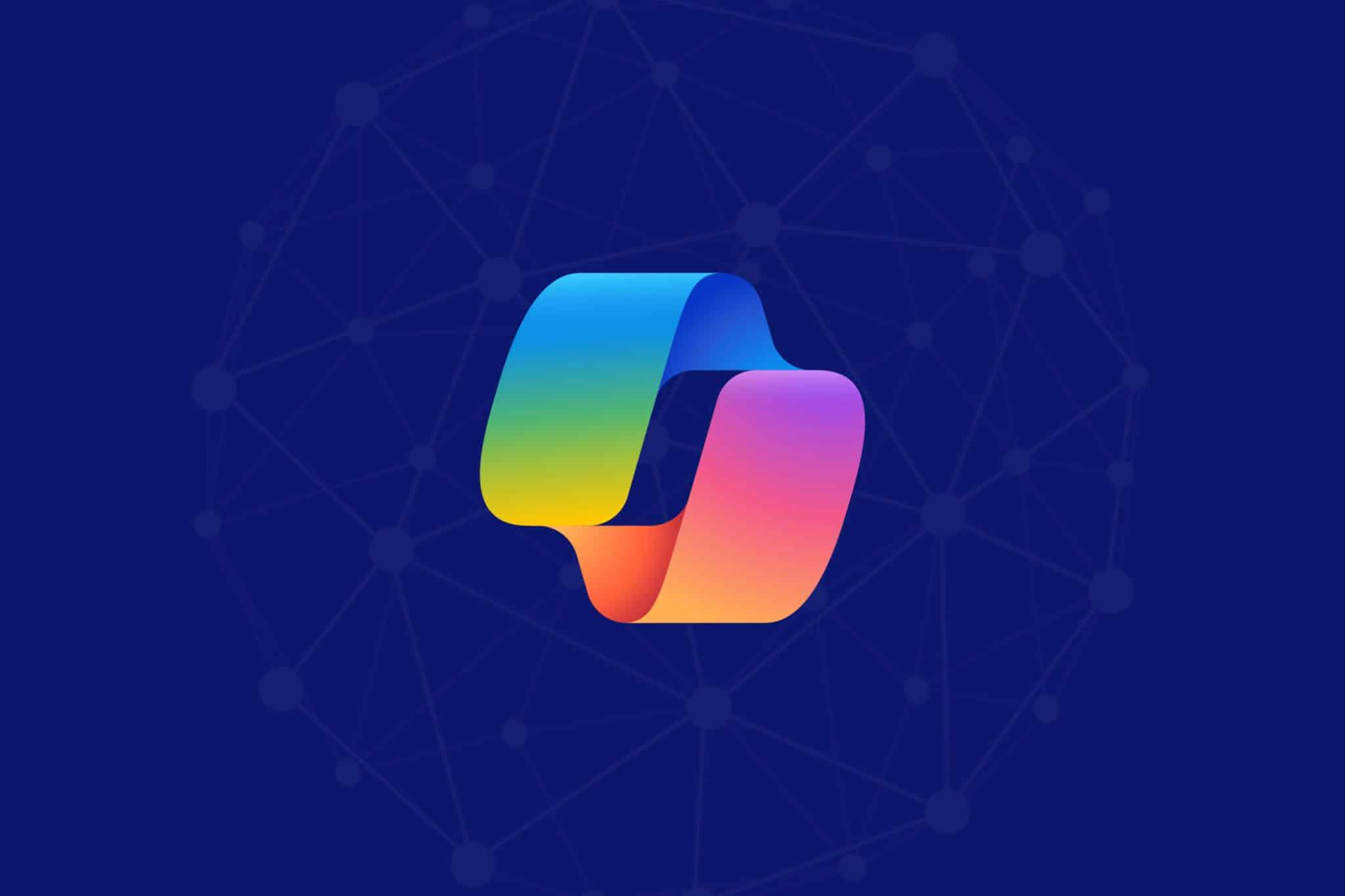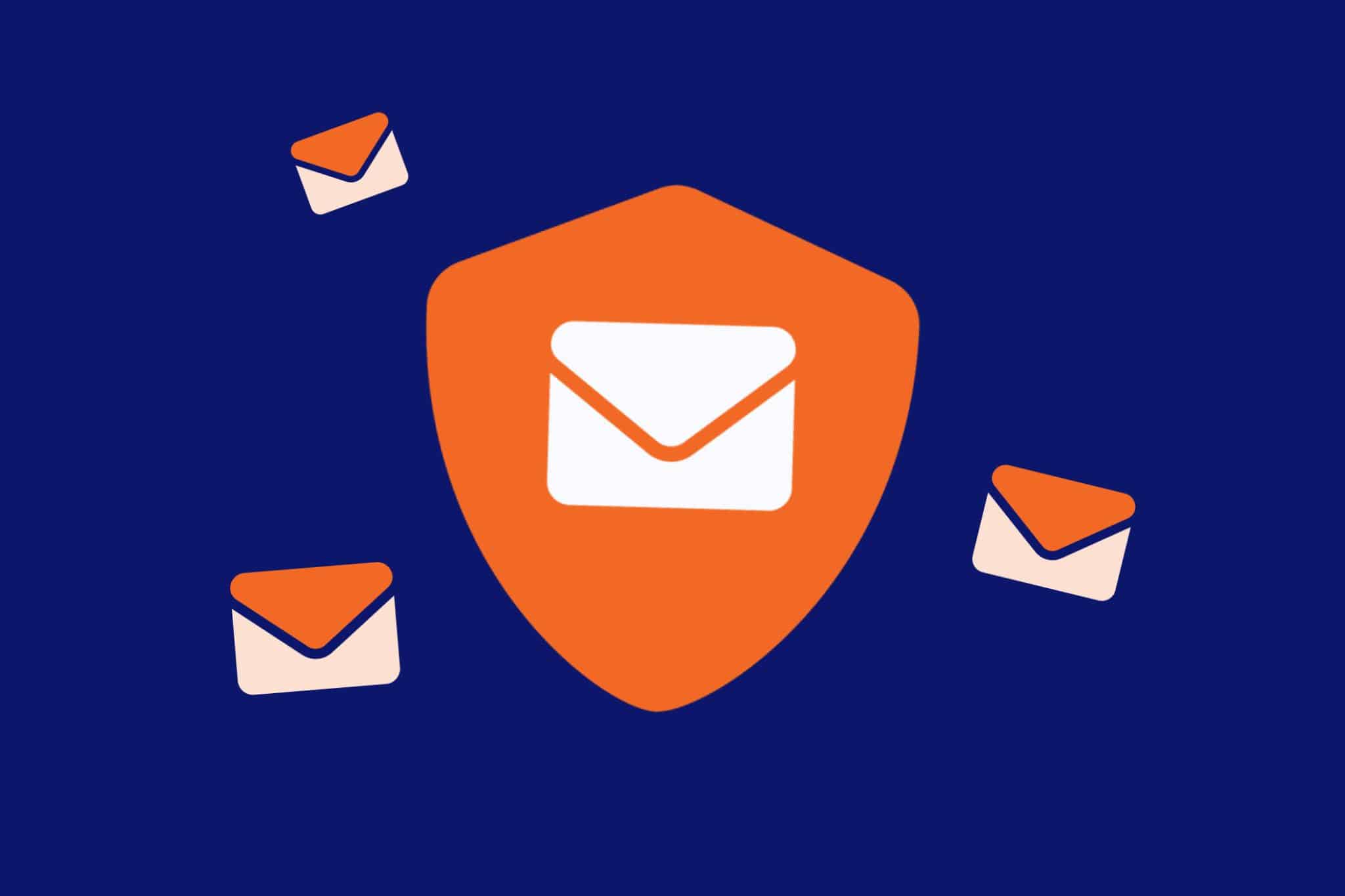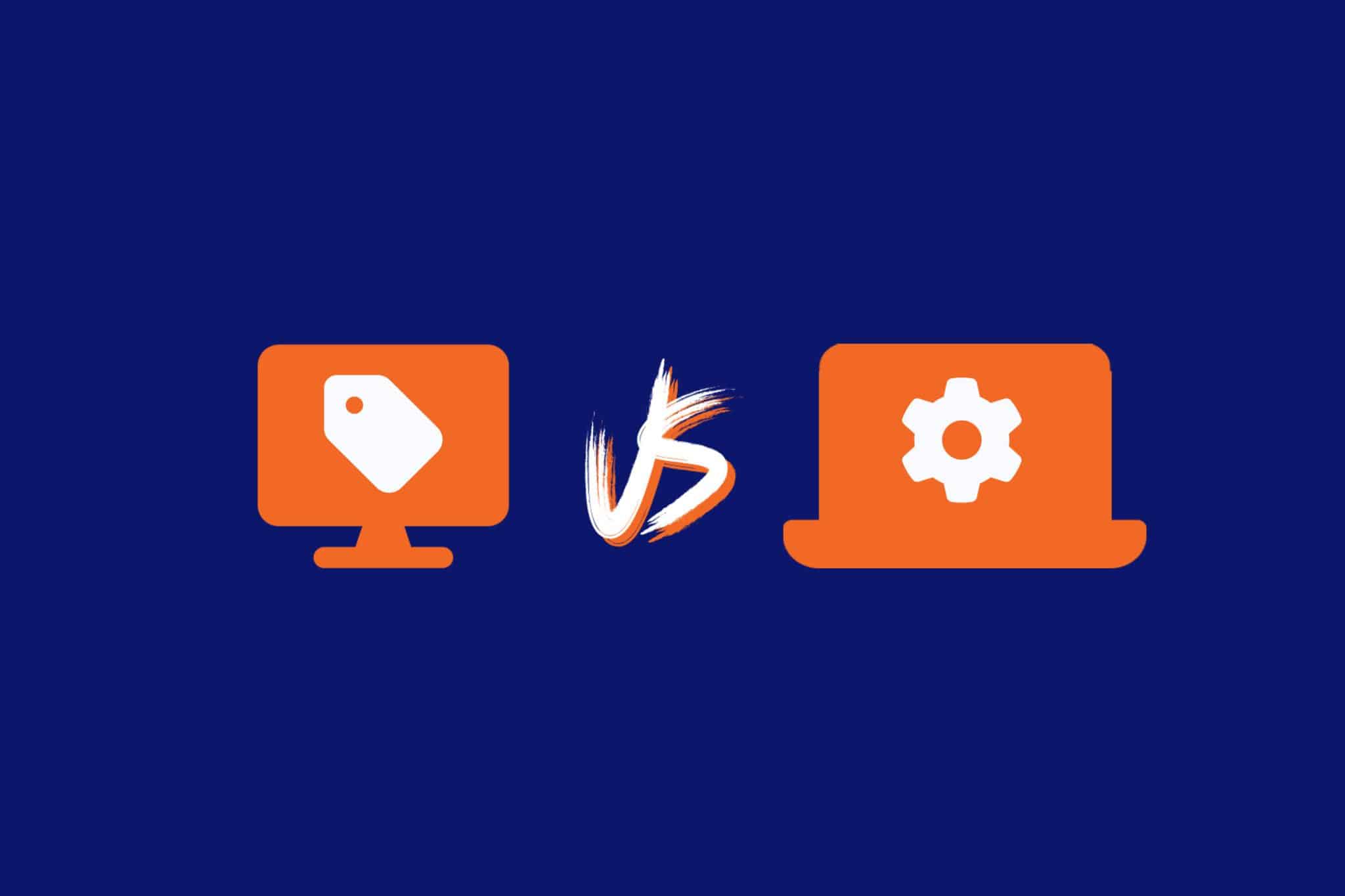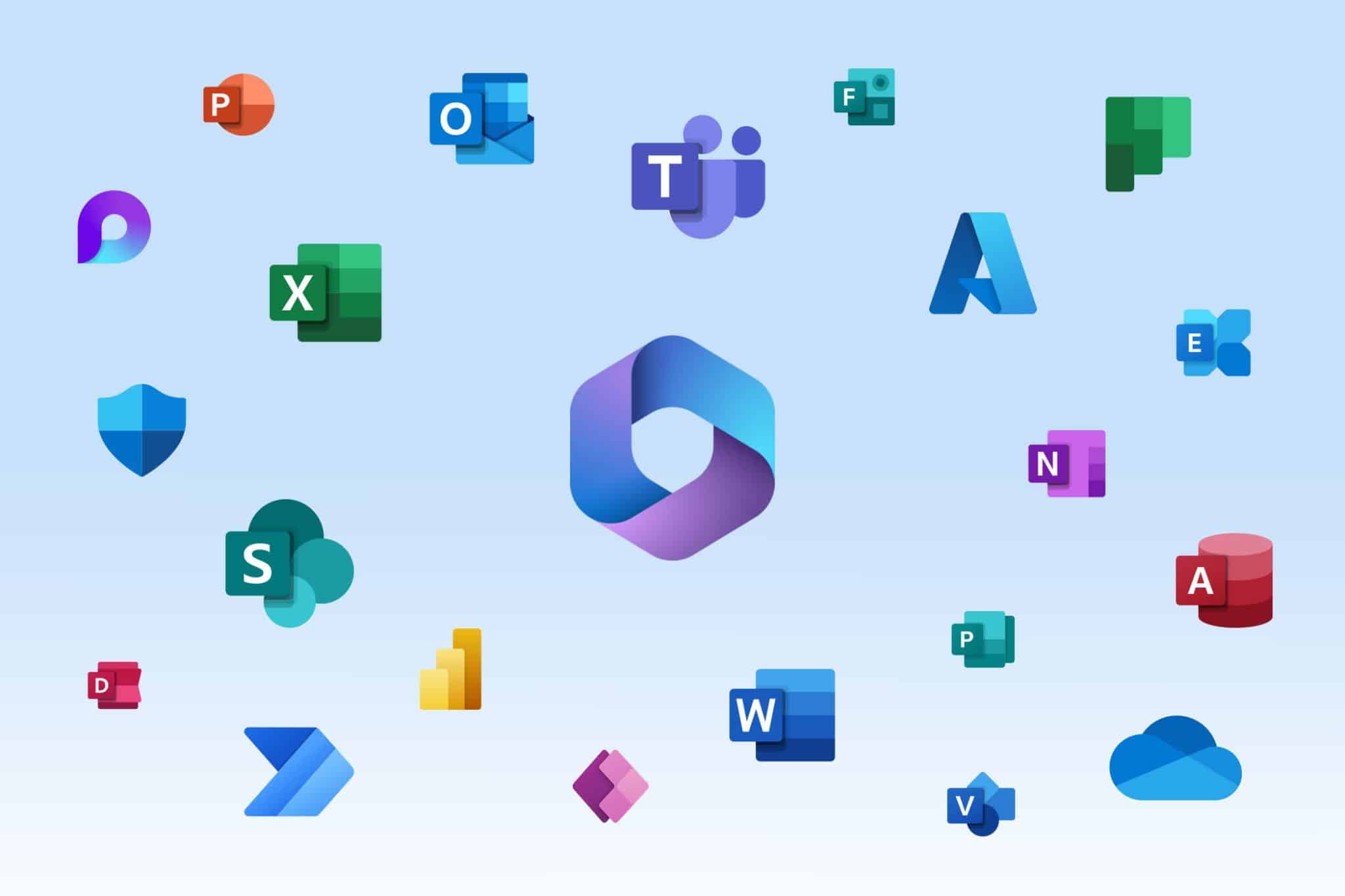“Productivity growth is about working smarter, not working longer or working harder.”
Productivity Commission Acting Chair, Alex Robson
Becoming a smart business means finding better and faster ways to do things. When it comes to IT, this could mean finding an IT expert instead of becoming a tech specialist yourself – and that is the general essence of Managed IT Services.
But what is it and how exactly does it work?
Understanding the Difference Between IT Support and Managed IT Services
All businesses need IT support, but most especially when users encounter IT issues. Overall, IT support services involve troubleshooting tasks like maintenance, backup, and technical support. Bigger, more strategic projects are often not covered. IT support on its own can be viewed as a form of “break-fix IT” approach.
That’s where Managed IT Services come into the picture. Managed IT is a fantastic way to have specialists working on your technology, dedicated to delivering proactive services aligned with the growth and scalability needs of your organisation – without the worries of hiring and managing in-house staff. It’s like having an outsourced IT department which can minimise costs in the long run.
Here’s a table comparing IT support and Managed IT services:
| IT Support | Managed IT Services | |
| Approach | Reactive – Responds to issues as they occur | Proactive – Aims to prevent issues from occurring |
| Cost | Variable – Costs are based on the number and severity of issues | Predictable – Often charged as a flat monthly fee |
| Support Availability | Often during business hours, with potential for extended downtime | Typically, 24/7 support availability |
| Maintenance | Usually performed as issues arise | Regular, scheduled maintenance is typically included |
| Strategic IT Planning | Not usually included | Often includes strategic planning to align IT with business goals |
| Cyber Security | May not be included, or could be an additional service | Cyber security measures are increasingly becoming part of Managed IT Services |
| Resource Allocation | Can tie up internal resources in IT issue resolution | Frees up internal resources to focus on strategic business goals |

The Power of Partnering with a Managed IT Services Provider
The business landscape today is radically different from ten years ago. Competition is quite fierce. Everything seems to run at breakneck speed.
Technology has thus become crucial for success. However, managing your own IT infrastructure can be costly, complex, and time-consuming. It can be very challenging especially for small and medium-sized businesses (SMBs) or those with limited resources and expertise.
That’s why more businesses are turning to MSPs. They have teams of IT professionals who are skilled in a wide range of specialties, such as network design and installation, cloud computing, cyber security, data backup and recovery, software updates and maintenance, and more.
By partnering with an MSP, you can focus on your core competencies and benefit from advantages, such as:
- Reduced IT operating costs: Most MSPs will charge you a fixed monthly fee. It eliminates any unexpected costs and any costs associated with purchasing and maintaining hardware and software. Your business can also free itself from the costs of hiring, training, and retaining in-house IT staff.
- Minimised downtime: An MSP can monitor your network 24/7 and proactively detect and resolve any problems before they affect your operations. They can also provide backup and disaster recovery solutions to ensure your data is safe and accessible in case of any breach, catastrophe or damage to your equipment.
- Consistent network performance: MSPs will use the latest technologies and best practices to optimise your network speed, security, and reliability. They also ensure that your network complies with relevant industry standards and regulations.
- Enhanced productivity and innovation: By outsourcing their day-to-day IT tasks to an MSP, SMBs can free up their time and resources to focus on their core business activities and goals. MSPs also provide strategic advice and guidance on how to leverage IT to improve the SMB’s efficiency, competitiveness, and growth.
Partnering with an MSP can empower you to access high-quality IT services for your specific needs and budget. By choosing an MSP that has the experience, expertise, and reputation in your industry, you can have peace of mind knowing that your IT is in good hands.
Boosting Productivity and Efficiency via Managed IT Solutions
By using Managed IT services, you allow your staff to focus on high-value tasks, improving your business’ productivity and efficiency. Because MSPs handle the essential IT maintenance tasks, it reduces your risk of downtime, data loss, or cyber attacks that can disrupt operations and cause financial losses.
These are some of the update and maintenance tasks managed by MSPs:
- Routine Hardware Maintenance: This helps avoid downtime and outages and ensures that a client’s business is functioning smoothly 24/7.
- Continuous Support: Continuous helpdesk and remote IT support includes managing and maintaining IT infrastructure and end-user systems.
- Automated Updates: Automating security patches and software updates is crucial to maintaining the security and functionality of IT systems.
- Strategic Consulting: This can involve advising on IT strategy, planning for future IT needs, and help with digital transformation.
- Proactive Monitoring: MSPs continuously monitor a client’s IT, which prevents issues from getting worse before they can impact the business.
By outsourcing these tasks, you can focus on your business growth, product development, and research. You will find here some examples, specific to the medical industry, of how IT services can help, which we believe could be beneficial to the NFP and Professional Services sectors too.
What Managed IT Services Mean for Your Industry
Here are some scenarios showing how Managed IT Solutions can boost productivity and efficiency:
HEALTHCARE: A medical or healthcare organisation can use Managed IT Solutions to migrate to a cloud-based system. This can significantly increase the speed and accuracy of scheduling appointments, payments and related transactions, as well as patient data management. These can also all contribute to reducing operational costs.
NONPROFITS: An MSP can help a Not-For-Profit (NFP) organisation to implement technology solutions that can enable online fundraising and donation management. Many NFPs often handle multiple projects all at once, so Managed IT Services can provide tools like Microsoft Teams to help improve project implementation, coordination, communication, and collaboration. An MSP can also assist in providing data analytics to gain insights into Nonprofit operations. Overall, an NFP can focus its time, effort, and resources on their core mission rather than on IT issues.
PROFESSIONAL SERVICES: A legal, financial, or associated professional services firm can harness the power of Managed IT Solutions to enhance their cyber security and compliance. By doing so, it will strengthen their protection against ransomware attacks and data breaches, helping to avoid regulatory fines, and ensuring the confidentiality and integrity of their clients’ records.

How Managed IT Services can Help Your Cyber Security Strategy
Cyber security has become essential to any business’ IT infrastructure and it should be considered as an integral part of your Managed IT. A reputable MSP should be concerned about your cyber defences, knowing how cyber threats can harm your data, brand reputation, and business productivity.
Cyber security is not a “set and forget” function, but should be constantly monitored, improved and acted on. This is why it goes hand-in-hand with Managed IT Services.
Comprehensive Managed IT Services can include:
- Continuous monitoring and regular IT maintenance to quickly avert potential threats
- Access to the latest cyber protection tools and technologies
- Backup and recovery solutions to minimise the potential damage in case of a breach
- Staff training to help transform everybody in your organisation into frontline cyber defenders
Managed IT Services: Enhancing Business Productivity Locally
For businesses in Brisbane, Townsville, Bowen, or anywhere else in Queensland, there are several benefits to hiring a local MSP rather than one outside of your area:
- Local Insights and Better Communication: Local MSPs can offer better communication and a more tailored approach to your organisation’s needs, being more attuned to the local market, business landscape and culture in their region.
- Faster Response Times and On-Site Support: With a local MSP, you can get faster response times and quicker service, especially for on-site support.
- Familiarity with Local Laws: A local MSP is more likely to know the data protection laws and regulations that apply to your business, which can simplify compliance.
- Investing in Your Community: By choosing a local provider, you’re investing in your community, fostering the creation of local jobs, and supporting the development of the local IT industry.
The right MSP for your business ultimately depends on your specific needs, circumstances and values. Research thoroughly and weight down your options before deciding. We created a resource for medical practices, that we feel could also be useful to NFPs and Professional Services, to help you make the right choice, How to Select the Right IT Services Provider for Your Medical Practice.
Managed IT Could Be the Key to Unleashing Productivity
Managed IT services is one of the best ways to boost your business performance, productivity, and efficiency. It can free up your time and resources for more strategic projects and tasks.
Managed IT provides you with a reliable, scalable, and cost-effective IT infrastructure that can support your business goals, including your productivity goals.
If you’re considering Managed IT Services for your Brisbane, Townsville or Queensland business, ADITS can help. Check out what our Managed IT Services offering cover and book your free consultation!







